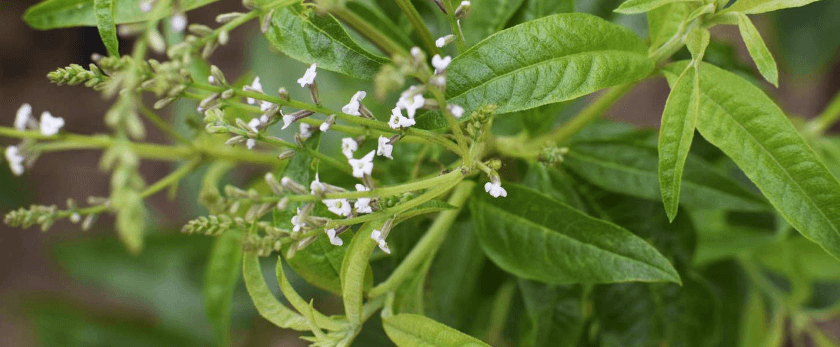Lemon verbena, also known as Aloysia citrodora, is a fragrant and versatile herb that can be grown in your own backyard. Not only does it add a refreshing lemony flavor to dishes and drinks, but it also has many health benefits. In this article, we will discuss how to care for lemon verbena, the best time to grow it, and common problems that may arise. By following these tips, you can successfully grow your own lemon verbena and enjoy its many uses.
How to Care for Lemon Verbena
Watering
Lemon verbena requires regular watering, especially during the hot summer months. It is important to keep the soil consistently moist, but not waterlogged. Water deeply once or twice a week, depending on the weather and soil conditions. Avoid getting the leaves wet when watering, as this can lead to fungal diseases.
Light
Lemon verbena thrives in full sun, but it can also tolerate partial shade. Make sure to choose a spot in your garden that receives at least 6 hours of sunlight per day. If you are growing lemon verbena indoors, place it near a sunny window.
Soil
Lemon verbena prefers well-draining, fertile soil. It is important to choose a potting mix that is specifically designed for herbs or vegetables. You can also mix in some compost or organic matter to improve the soil's fertility. Avoid using heavy or compacted soil, as this can lead to root rot.
Fertilizer
Lemon verbena does not require a lot of fertilizer, but it can benefit from a light application of organic fertilizer in the spring. You can also use a liquid fertilizer every 2-3 weeks during the growing season. Be careful not to over-fertilize, as this can lead to weak and leggy growth.
Pruning
Pruning is an important part of caring for lemon verbena. Regular pruning will help promote bushier growth and prevent the plant from becoming too leggy. You can prune your lemon verbena throughout the growing season, but avoid pruning in the fall as this can stimulate new growth that may not survive the winter.

What is the Best Time to Grow Lemon Verbena?
The best time to grow lemon verbena is in the spring, after the last frost has passed. This will give the plant enough time to establish itself before the hot summer months. If you live in a warmer climate, you can also plant lemon verbena in the fall.
Common Problems with Lemon Verbena
Pests
Lemon verbena is generally pest-resistant, but it can occasionally be affected by aphids, spider mites, and whiteflies. You can control these pests by spraying the plant with a strong stream of water or using an organic insecticidal soap. Avoid using chemical pesticides, as they can harm beneficial insects and pollinators.
Diseases
Lemon verbena is susceptible to fungal diseases, especially if the leaves get wet when watering. To prevent this, make sure to water at the base of the plant and avoid getting the leaves wet. If you notice any signs of fungal disease, such as yellow or brown spots on the leaves, remove the affected leaves and treat the plant with a fungicide.
Wilting
If your lemon verbena is wilting, it may be a sign of underwatering or root rot. Check the soil moisture and adjust your watering schedule accordingly. If the soil is too wet, allow it to dry out before watering again. If the plant continues to wilt, it may be a sign of root rot, which can be caused by overwatering or poor drainage. In this case, you may need to repot the plant in fresh, well-draining soil.
Conclusion
Growing lemon verbena is a rewarding experience that can add a burst of flavor and fragrance to your garden. By following these tips on how to care for lemon verbena, you can successfully grow this versatile herb and enjoy its many benefits. Remember to water regularly, provide enough sunlight, use well-draining soil, and prune regularly to keep your lemon verbena healthy and thriving. With a little bit of care, you can have a bountiful supply of lemon verbena for all your culinary and medicinal needs.










